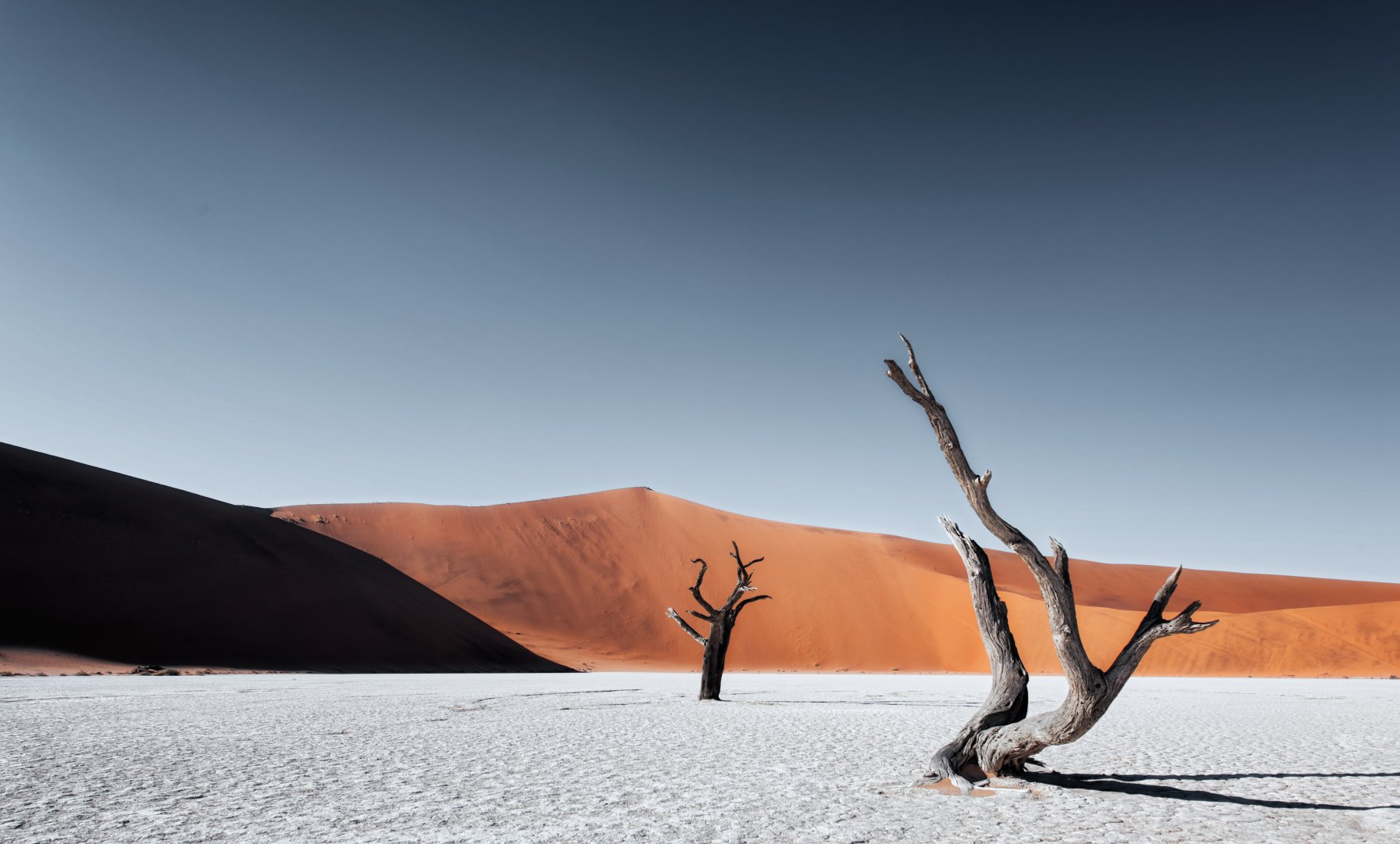
Kerkennah, a land of the sea
In the Kerkennah Islands, life revolves in the orbit of fishing, which is more than just an economic activity; it is rather the backbone of the archipelago. Faced with the threat posed by exploitation and global warming, Inkyfada photographer Dureid Al-Suweisi explores the island’s world and its uncertain future.
By Douraïd Souissi and Nissim Gasteli
The ferry makes its journey from Sfax to Kerkennah 12 times a day loaded with men, women, children, wagons and cargo. Twelve flights allow the archipelago to maintain its connection with the mainland. Moreover, the Kerkennah Islands live in the open sea and in a close relationship with it, with a flow of bitterness to see its features change.
In the waters, the inhabitants of the archipelago have a share of a great wealth of fish and other aquatic life, or so-called fish resources. Thus, fishing occupies the main place in this relationship that has arisen between the population and their environment and regulates the pace of their life as a means of subsistence, the lungs of the economy, a social function and sometimes a simple hobby.
This article was originally published on 30 January 2023 by inkyfada. Through combining explanatory and contextualising articles with data journalism, portraits and investigative and in-depth reporting, inkyfada aims to provide accessibility to parts of society that too often remain hidden from the general public, contributing to a better understanding of the world around us.
FIshing was the subject of photographer Douraïd Souissi’s lens, the archipelago where his father was born and where he regularly goes. This practice is the fruit of transmission from generation to generation “children begin to learn it from the age of seven-eight years,” says the photographer, who sees fishing as more than just an economic activity, but an integrated lifestyle, which prompted him to photograph it. Douraïd knows very well what fishing is and how it is practiced, and he has accompanied fishermen at sea.
His photos taken in 2013 still have the same resonance even after nine years where the problem continues. From his position, the photographer monitors the social, economic and environmental issues that this activity is going through and the problems that stand in its way.

On the left: traders transporting sheep to sell on Eid al-Adha in the Kerkennah Islands. The ferry, also called Al-lodd, is the only way to get to the islands from the city of Sfax. Kerkennah, 2013. On the right: Kraten is one of the ports of the archipelago and many fishermen take it as a starting point. Kerkennah, 2013.
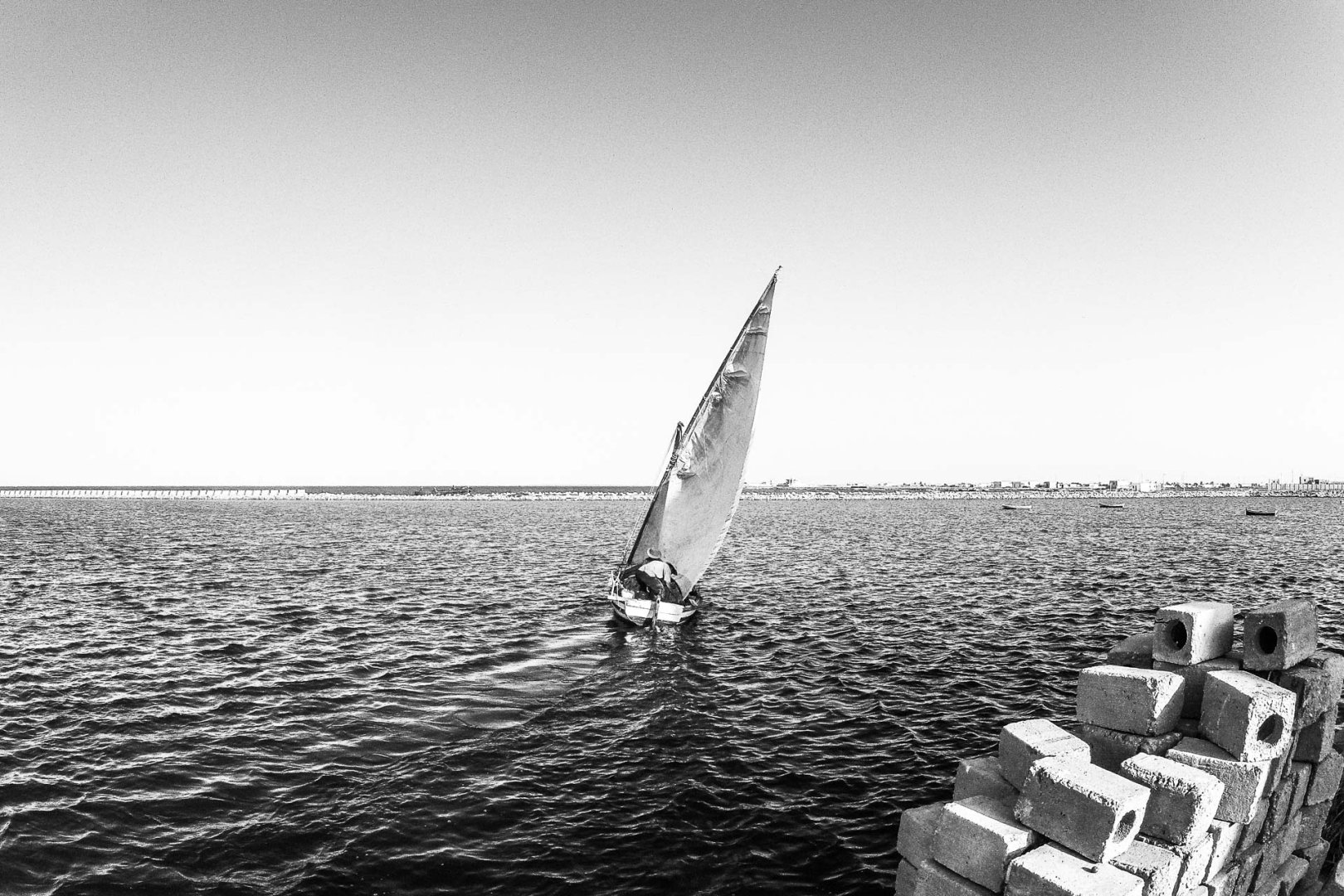
A sailing fishing boat of the type for which the archipelago is known leaves the port of Al-Kraten. Sailing in the wind requires extensive experience and knowledge of the elements of nature, but many fishermen of the archipelago are experienced in it. Kerkennah, 2013.
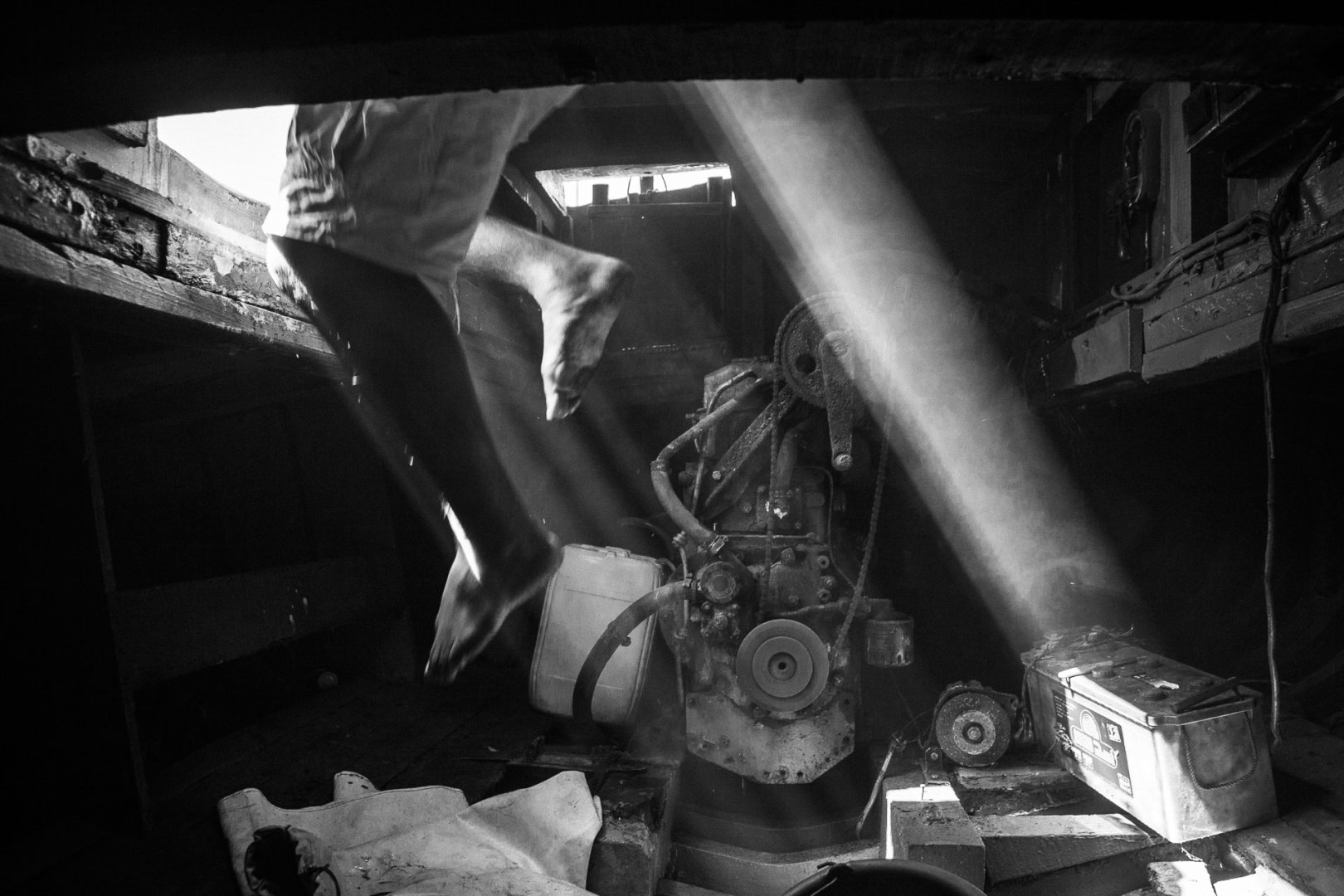
At least a century ago, fishing was divided into two methods. The first include a number of traditional techniques, the most striking of which is the Charfia, depositing traps made of palm fronds and nets in shallow water to create a path that ends up trapping the fish entering it. “The large size of the trap allows the fish to stay in the middle and swim calmly without suffering the stress caused by trawling in the traditional way,” says Douraïd. UNESCO in 2020 classified this technique in the list of intangible heritage.
The Kerkennah Islands specialise in this technique and practice it thanks to the surrounding shallow waters. Charfia paints a faithful picture of the archipelago, with its lands open to the sea and people who use the materials available to make fishing tools. Other traditional fishing techniques are also used by the islanders, such as fishing with traps, clay pots or what is known as “Qaroor” to catch “Qarnit” (octopus).
The technique of bottom trawling comes to overshadow traditional practices. “A net is pulled to the bottom by chains, scraping it for kilometres, lifting animals and plants indiscriminately while the boat sails very slowly,” describes Douraïd, who spent almost 24 hours at sea with the experienced fisherman in the bottom trawling technique. Although the authorities officially banned its use in 1942, the technology is still present in the waters of the archipelago today.
This technique is of particular importance because it allows catching a much larger amount of fish than the Charfia, which requires two trips, the first to plant it and the second to lift it. As for trawls, they grab everything that gets in their way, as the photographer noted: “on 300-400 kg lifted to the surface, no more than 10-15 kg of exploitable fish are kept.”
“A few squids and a small number of shrimps, and then everything that is not kept is thrown away,” he said. However, the damage has already got on the living creation and algae of the seabed.
So that he could watch this practice closely, Douraïd Souissi had to hide the identity of these fishermen so that they would accept him on the ship “on condition that their faces were not shown, they know that their act is criminal.” The photographer says that this technique causes great bitterness to traditional fishermen who see the seabed threatened by this “easy” technique, even the tension between them reached a high that led a trawling boat to capsize.
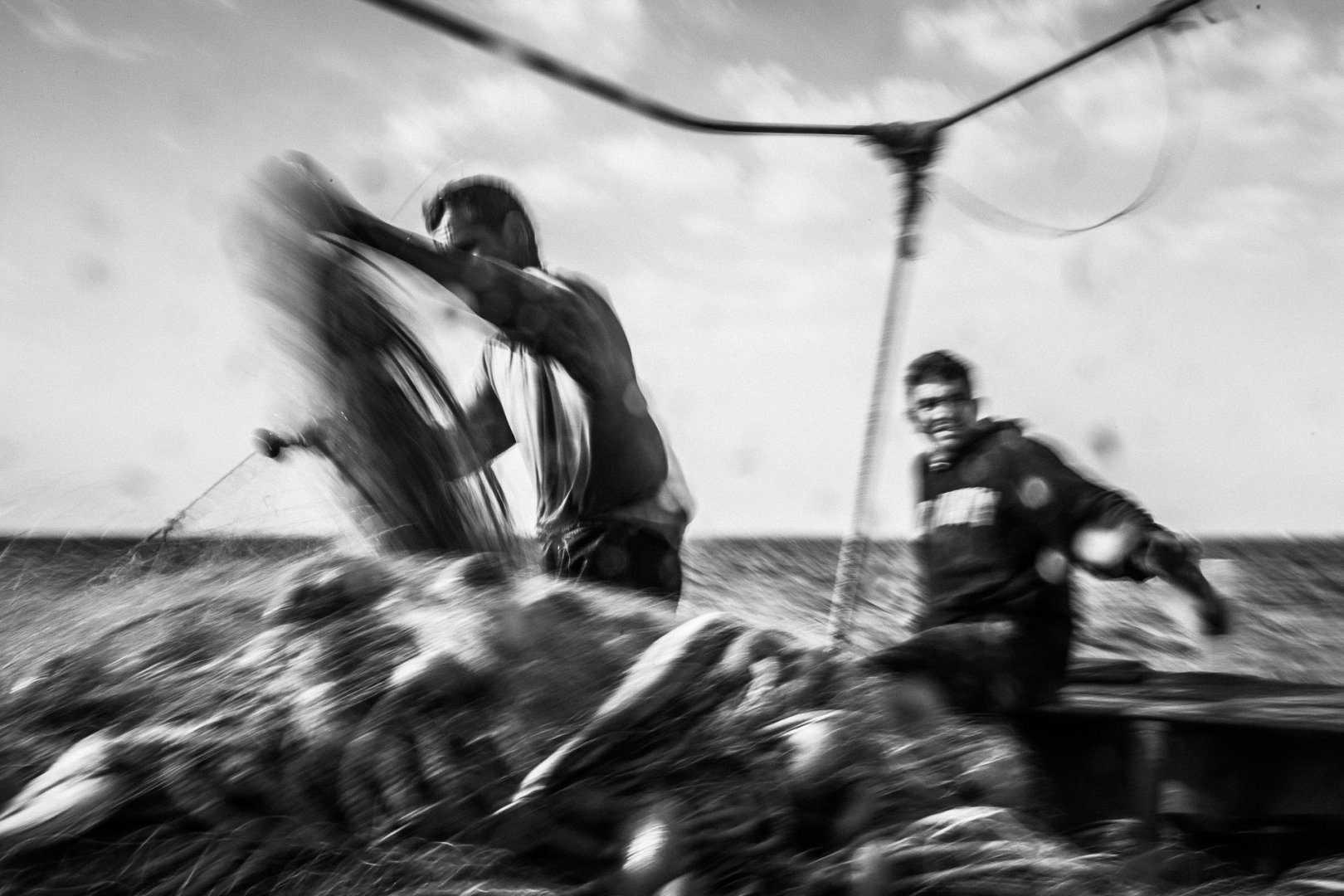
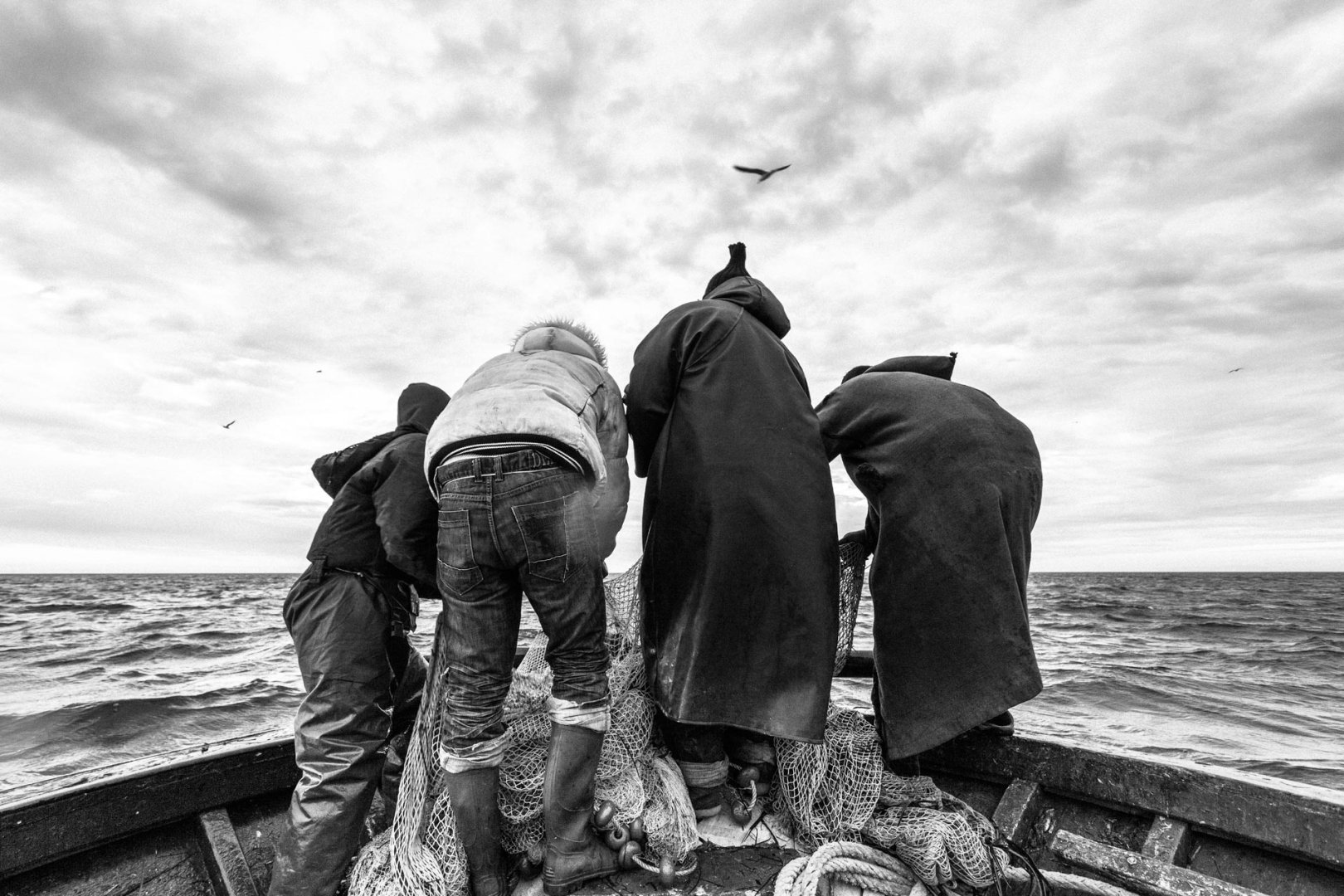
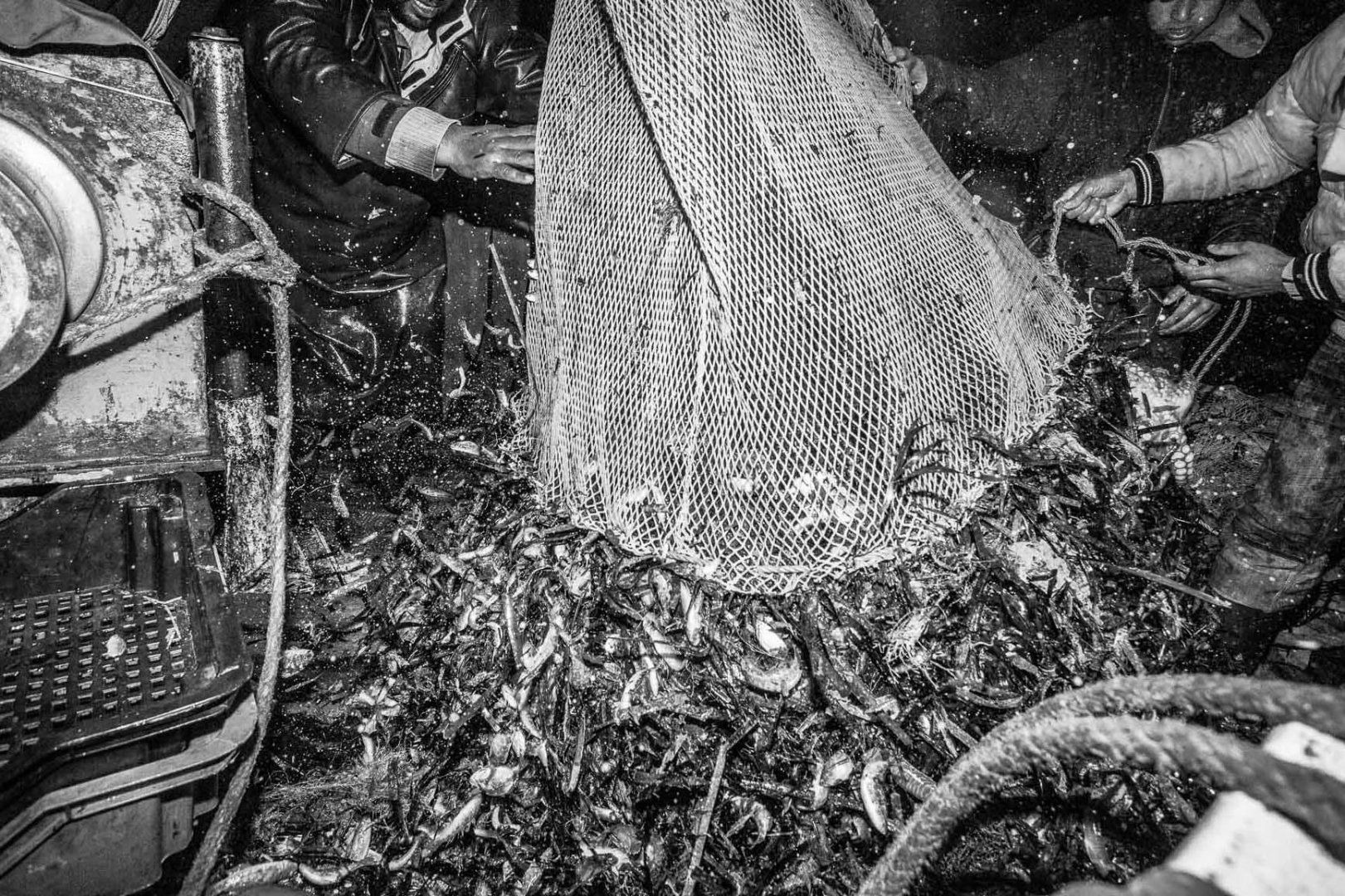
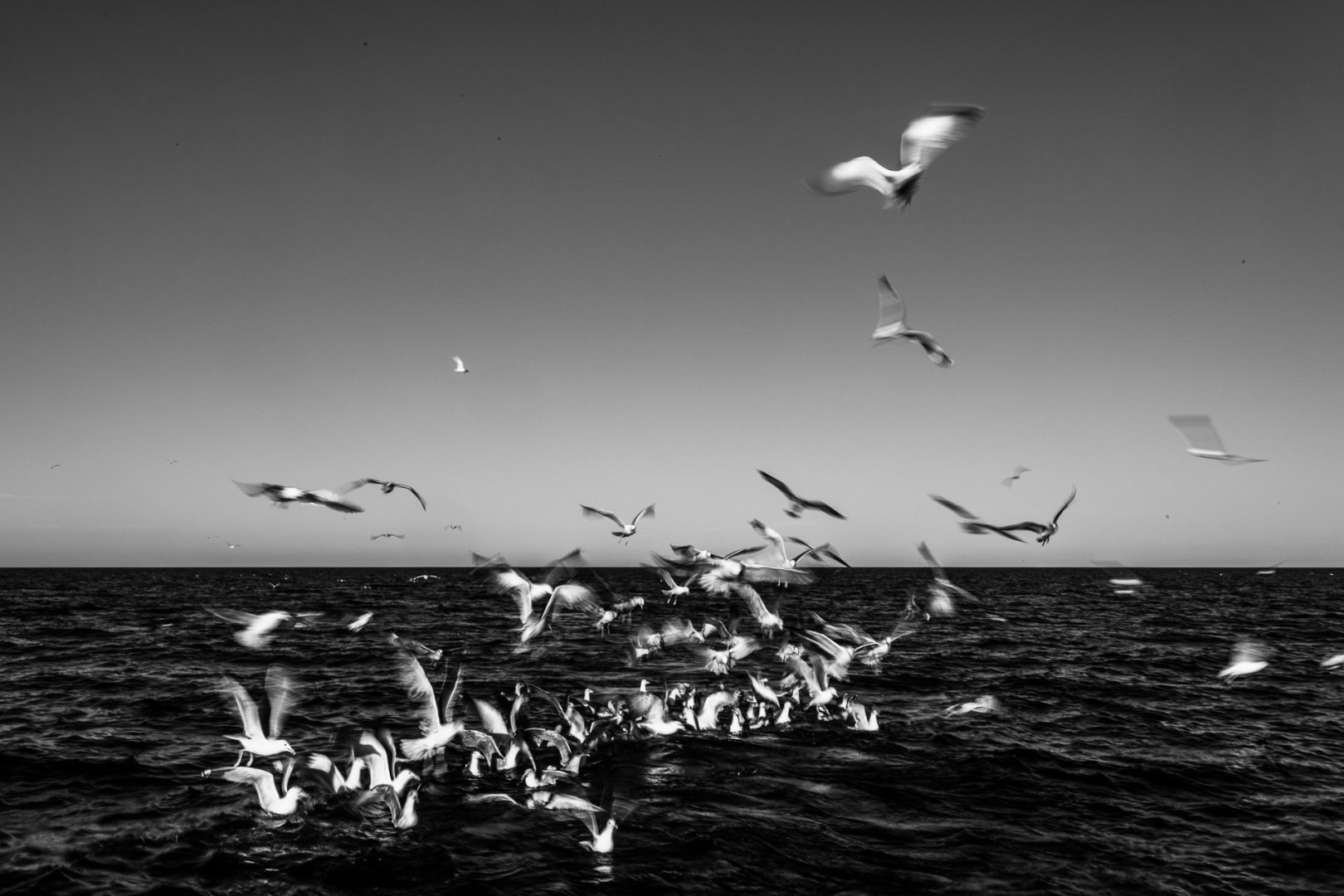
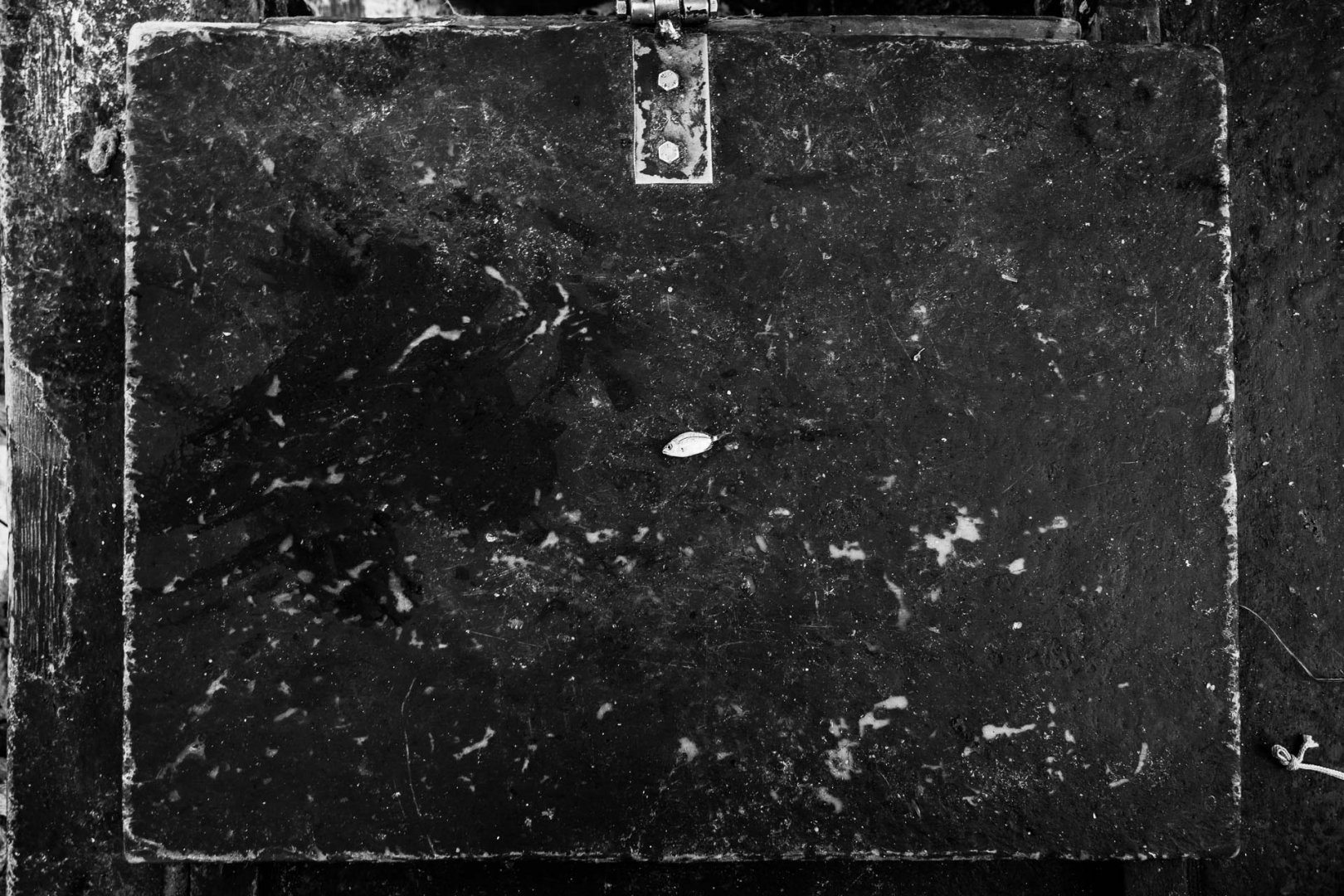
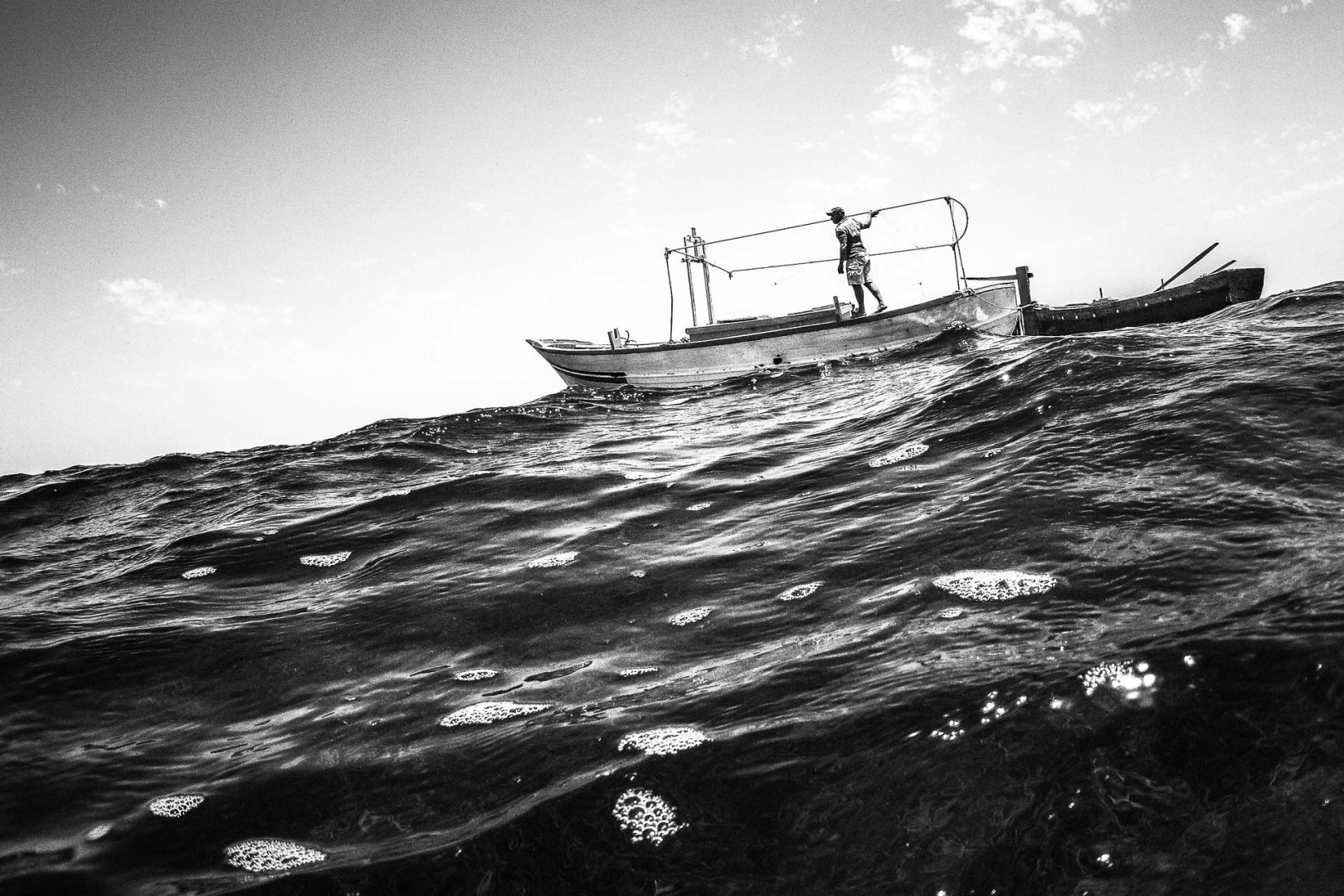

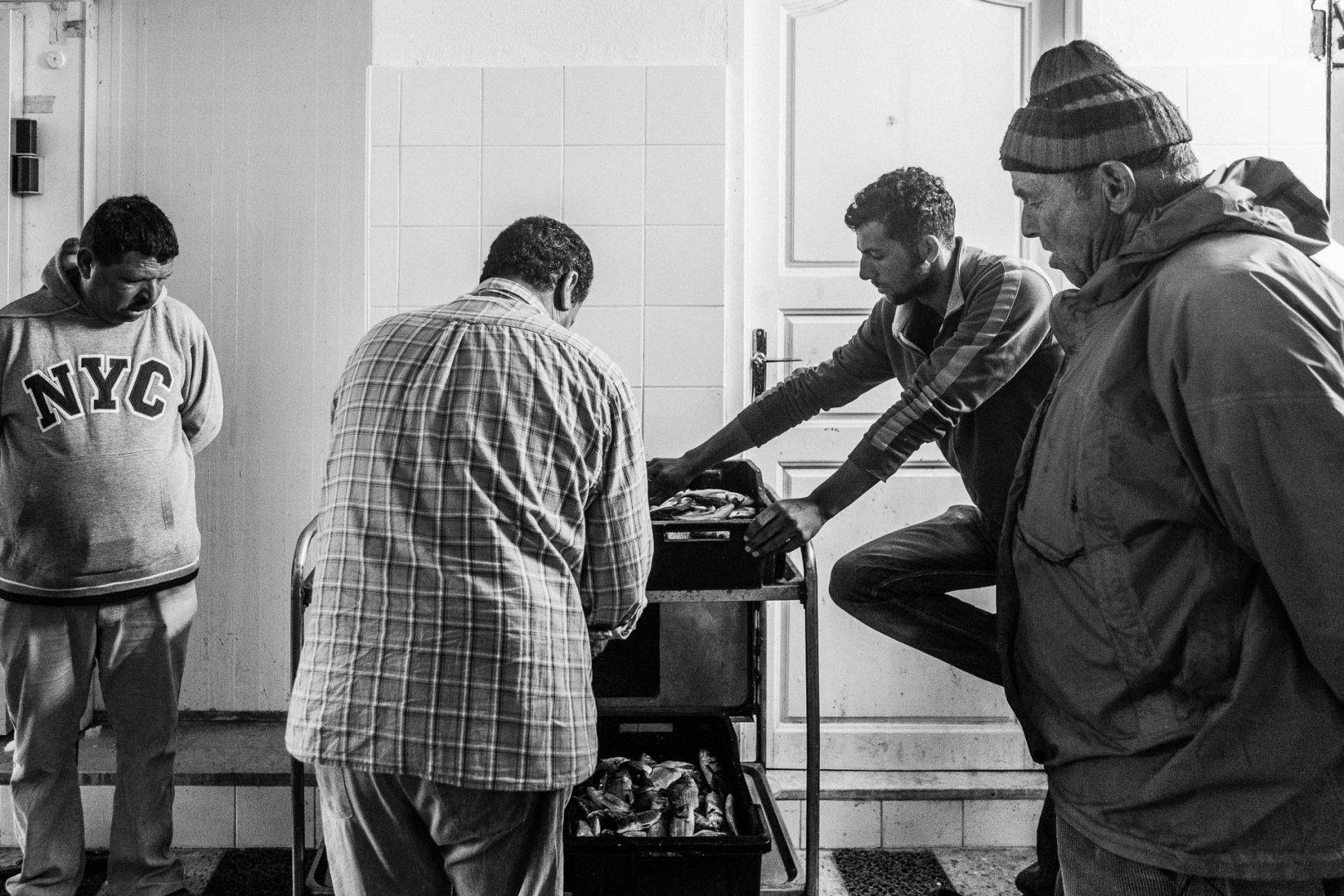
The Kerkennah islands are a land of paradoxes. Its sea provides residents with food and income, allows them to live and survive. The population has learned to take advantage of the resources of the sea, but this balance is fragile, given the threat to the archipelago, climate change and rising water may one day lead to the swallowing up of these low-altitude Islands.
In addition to sea level rise, climate change has recently led to the emergence of new species in the Mediterranean, including the blue crab, which has taken a foothold in shallow waters. This species of crustacean initially represented a nightmare for fishermen, as they tear the Charfia nets with their pincers and catch fish and other local species. “They ended up catching it and it reached the markets at some point, but the taste of Tunisian consumers was not used to eating this animal,” Douraïd says with regret, recalling that this crab can be found even in the markets of the capital.
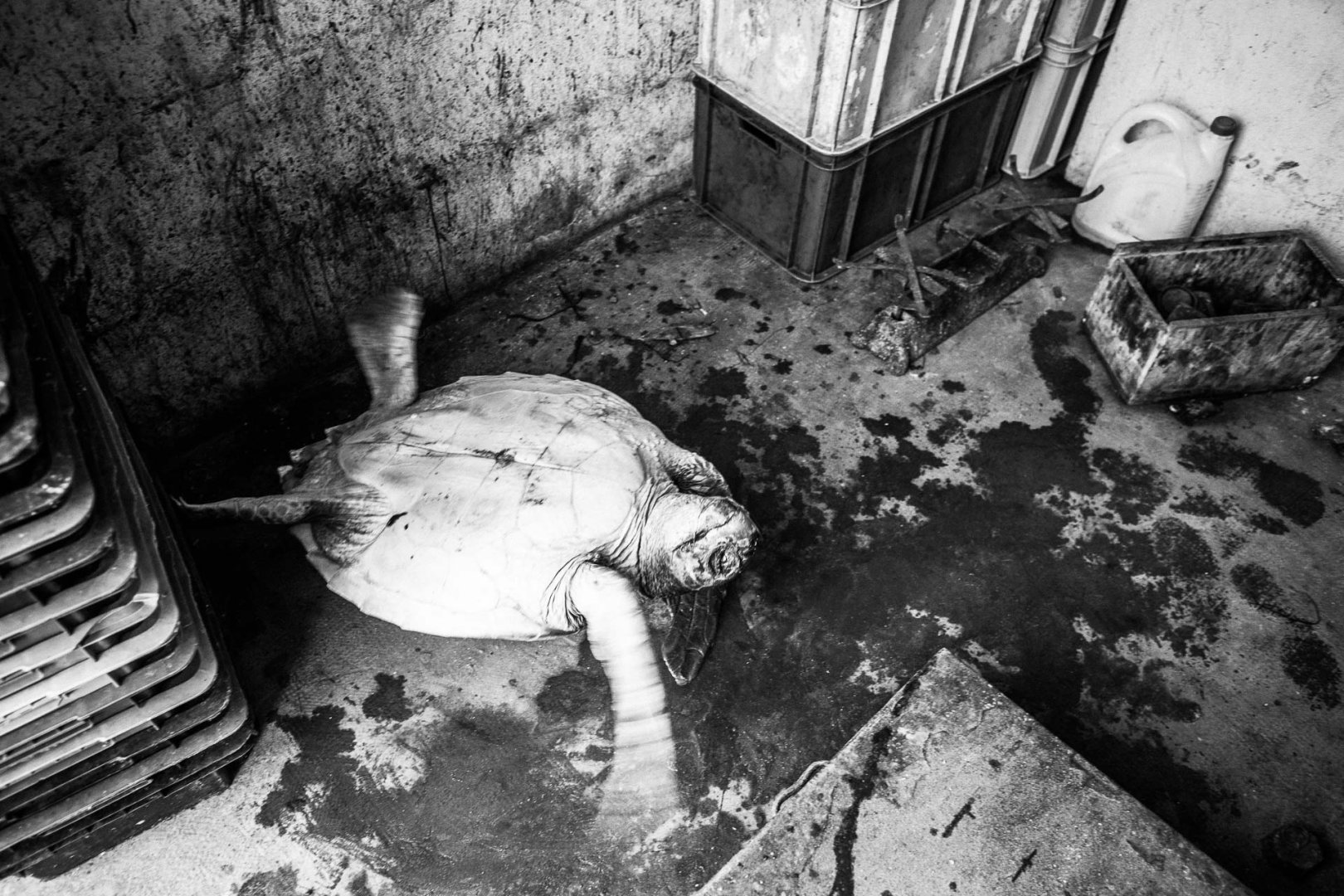
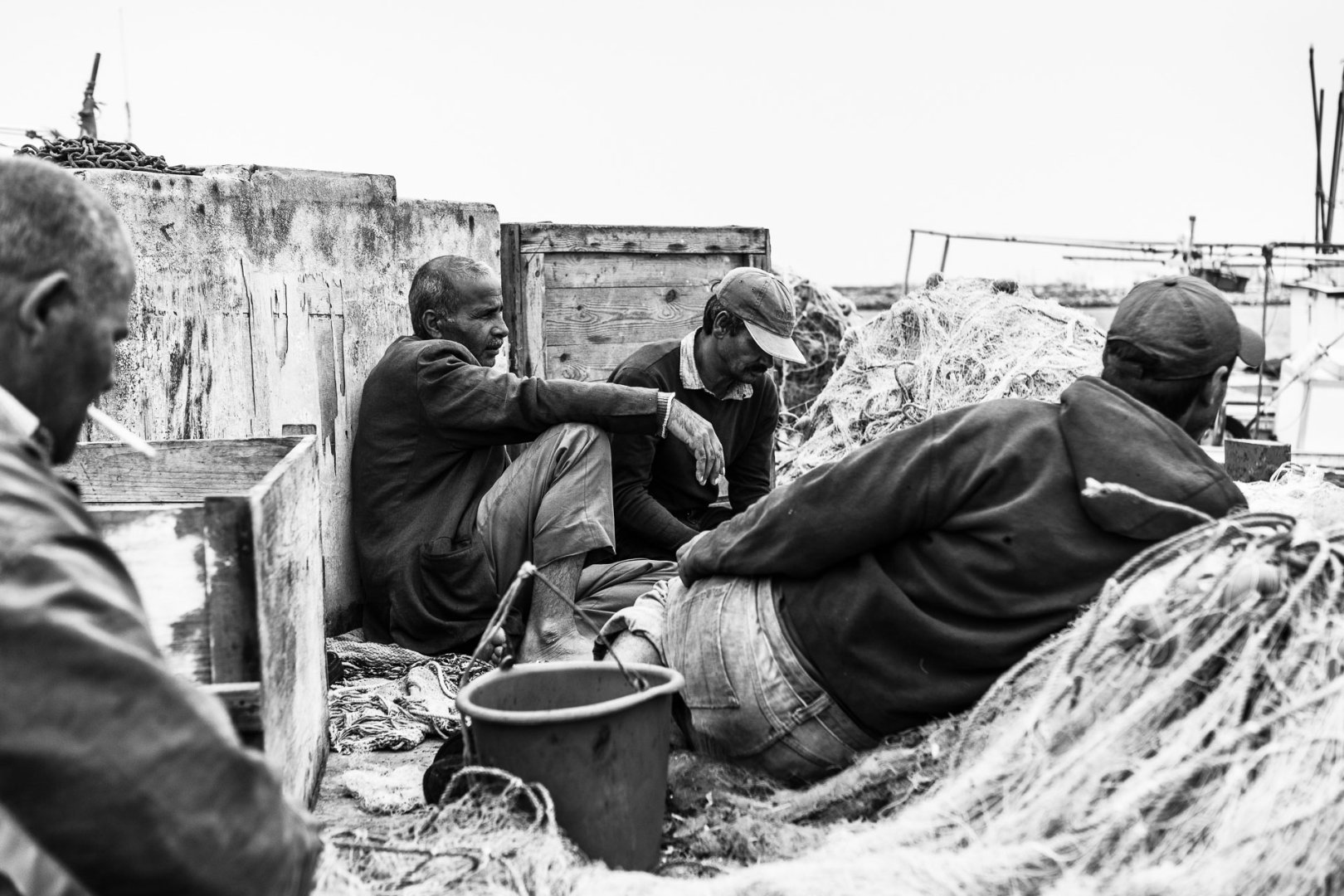
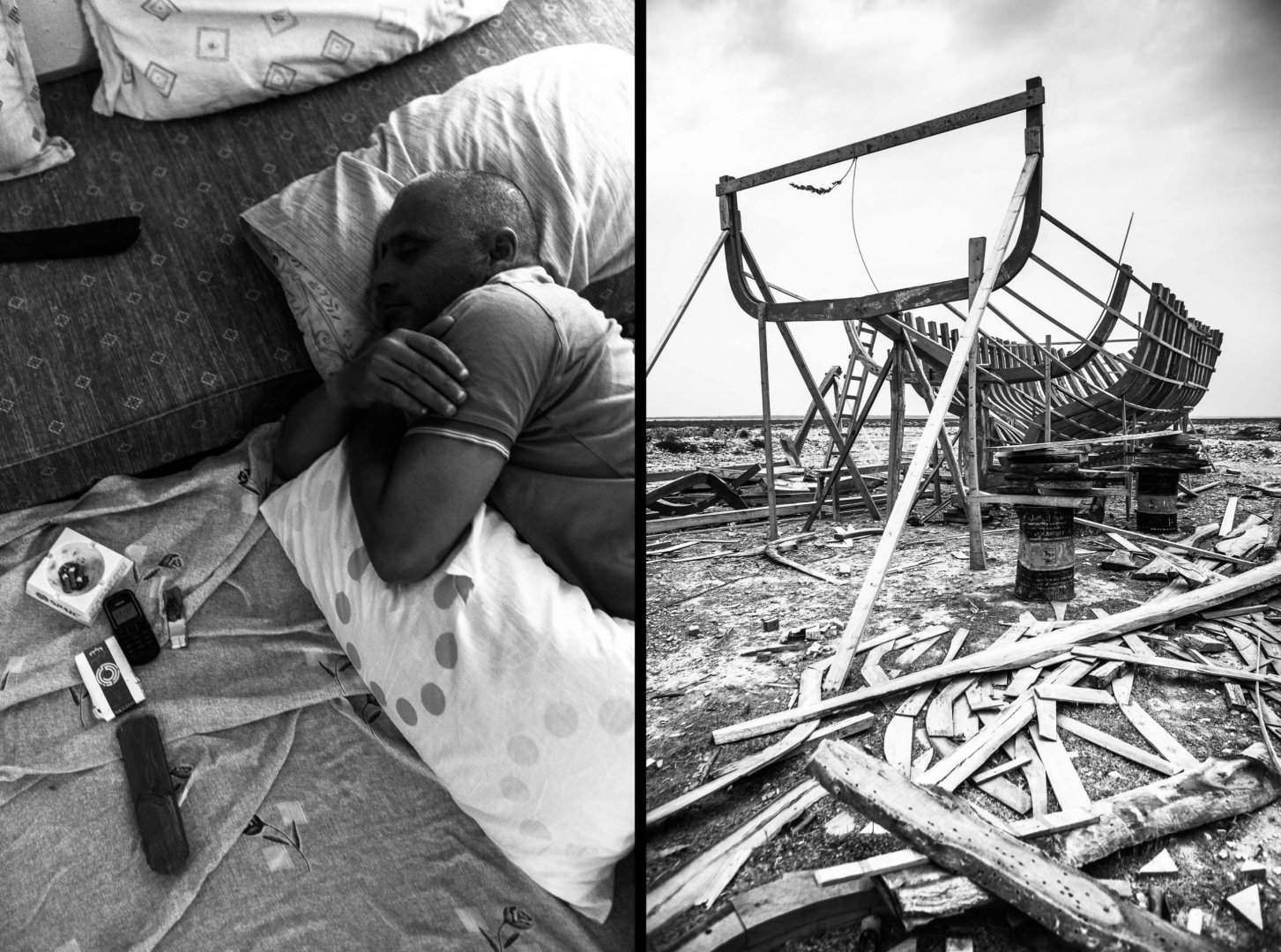
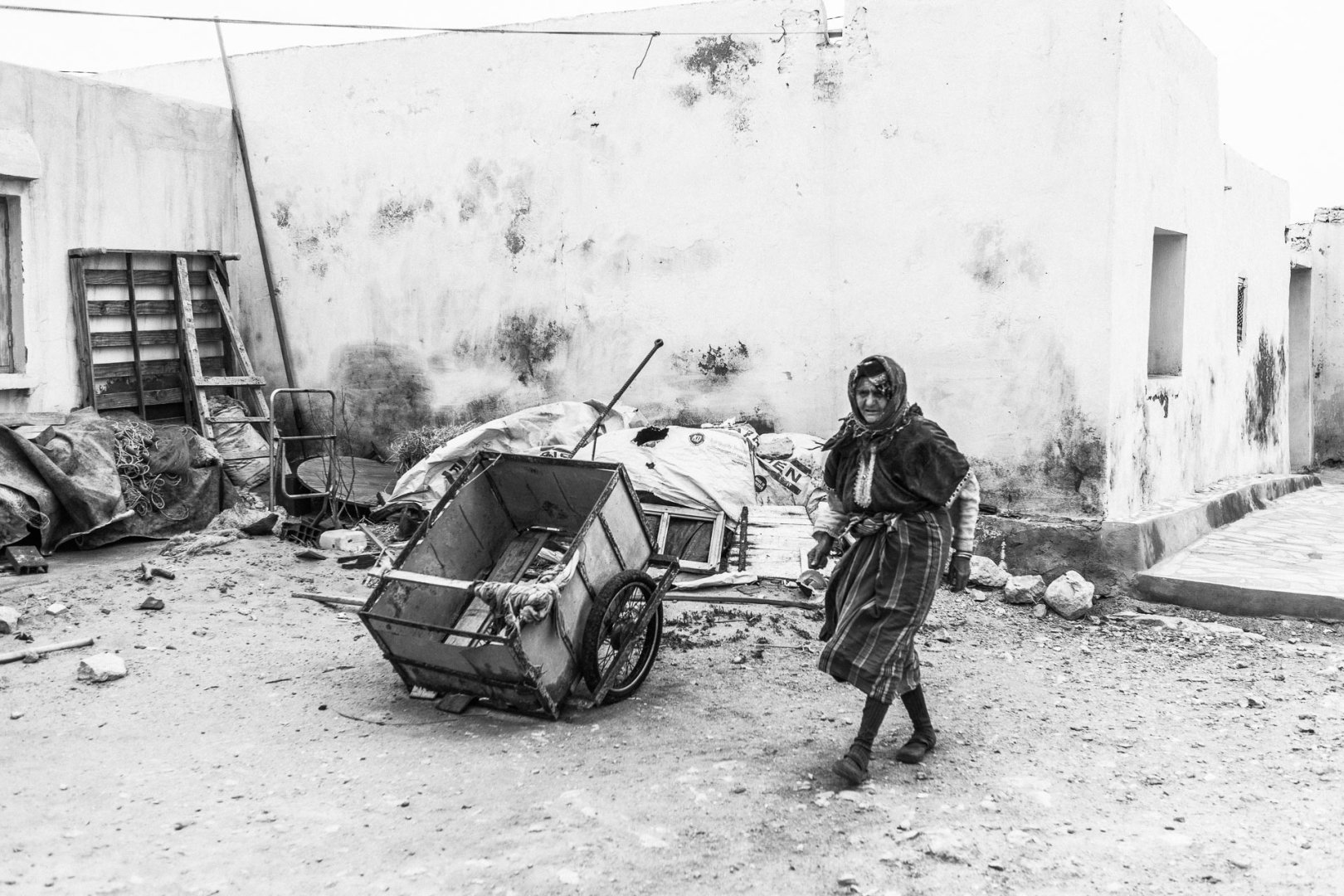
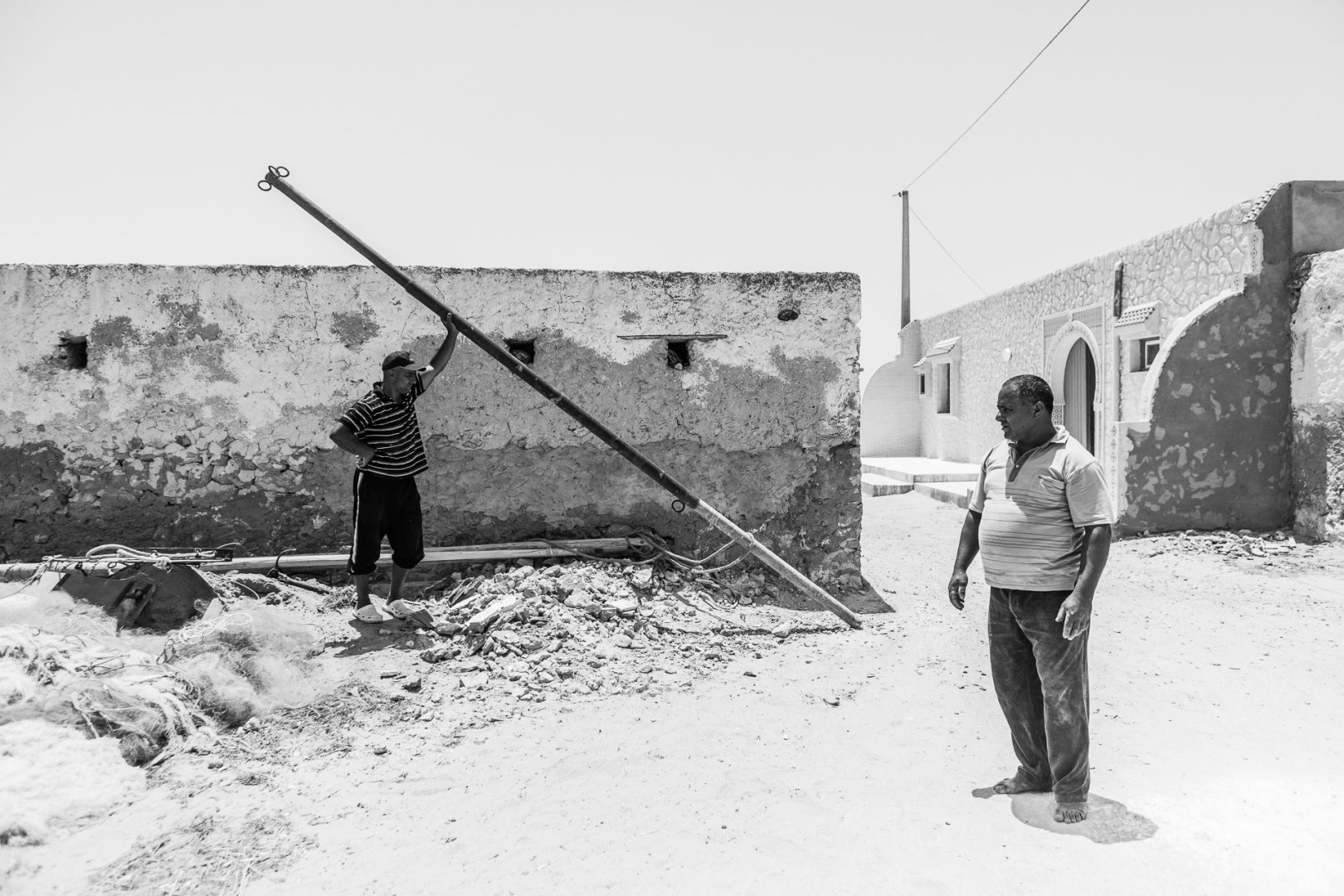
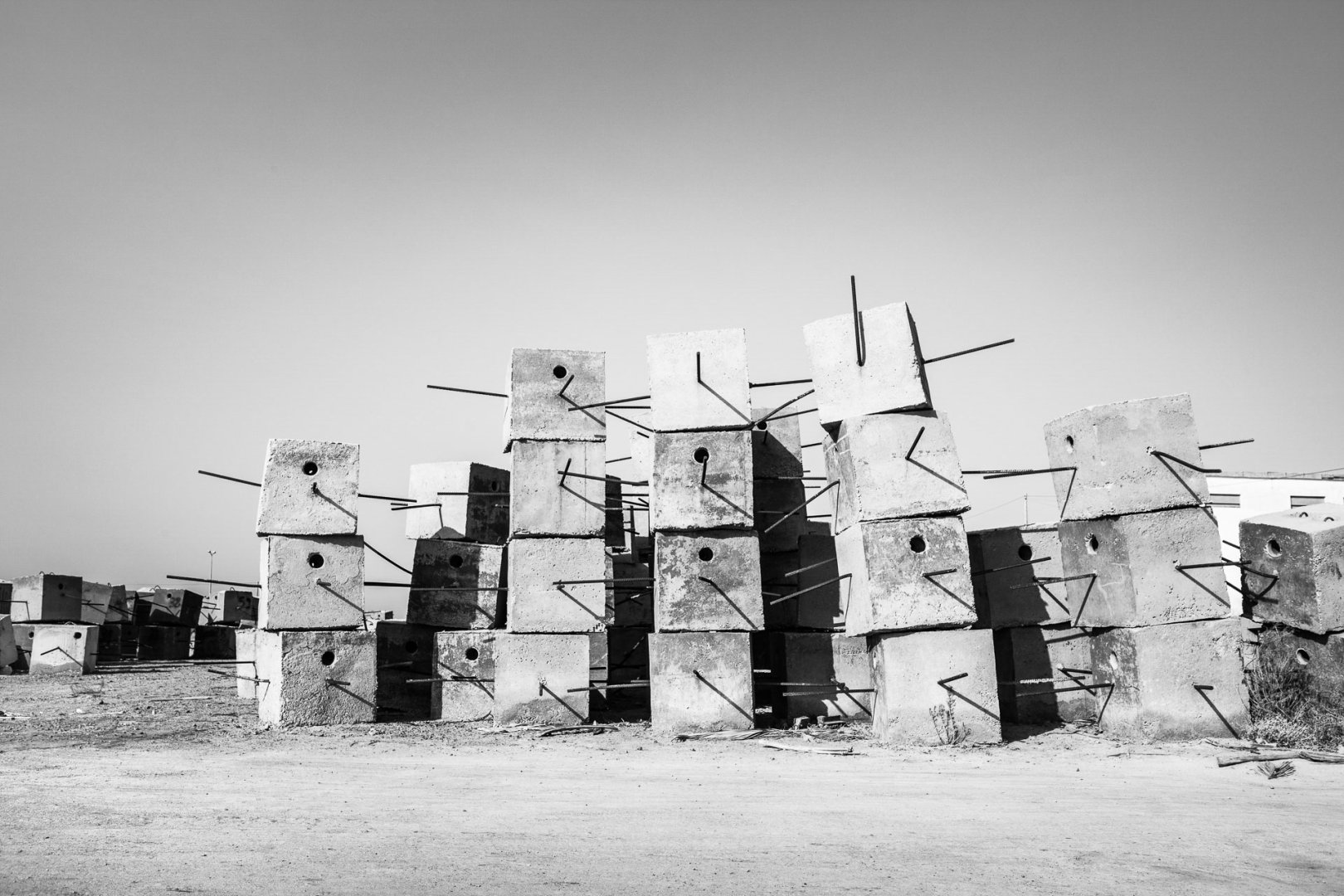
Out of this dilemma, others have decided to abandon the activity, and today the location of their island has put them on the path of migration towards Europe, an ideal starting point being Italy. The photographer tells us that “there are those who find work in this field better than trying to find fish” according to the chatter he got from the islands where he still has relatives.
Although fishing is at the core of the identity of the archipelago, the depletion of fish resources impairs the possibility of its transfer to modern generations. For today’s young people, nothing guarantees them that when the day comes for them to go fishing on their own, they will find enough fish to make a living out of.
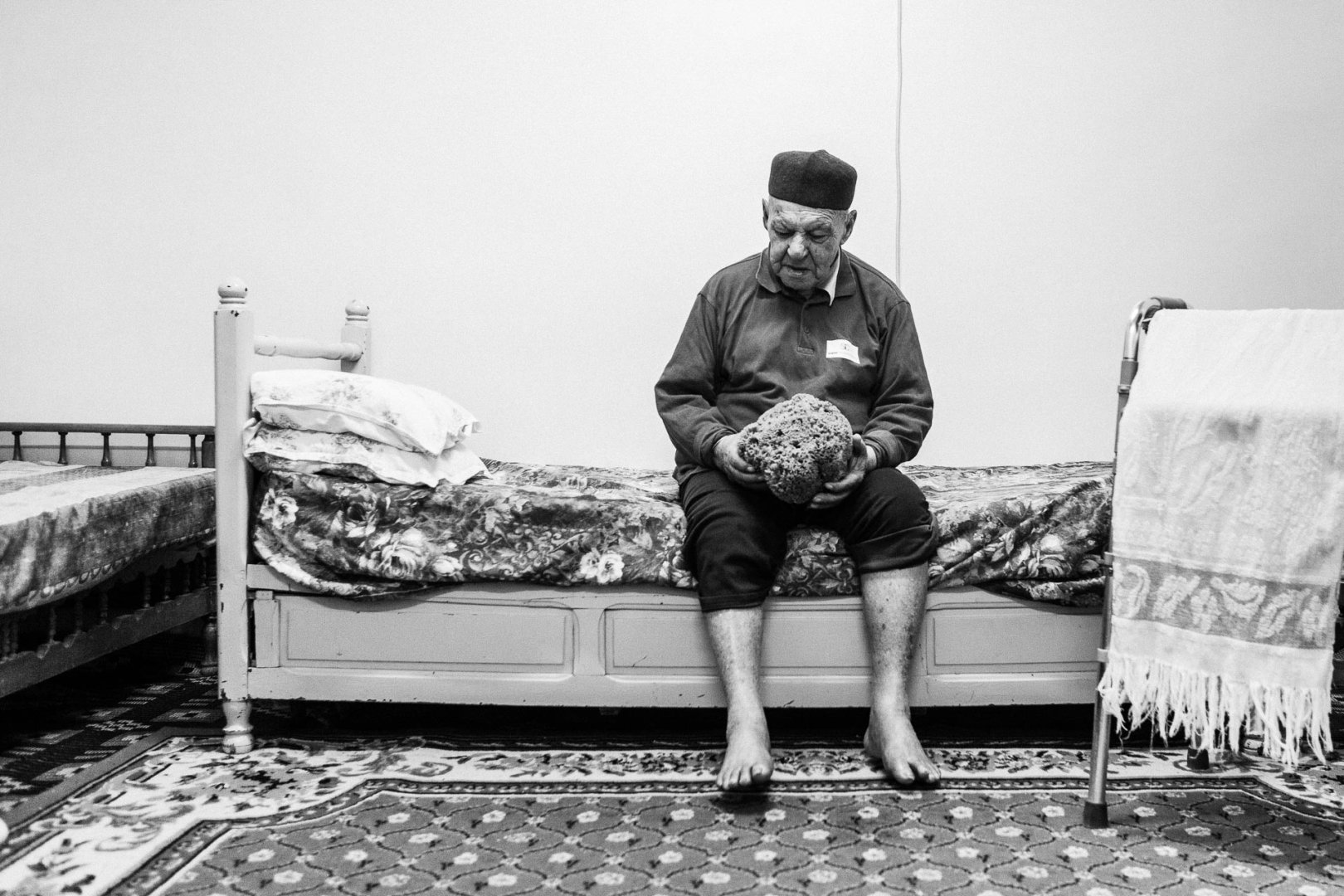
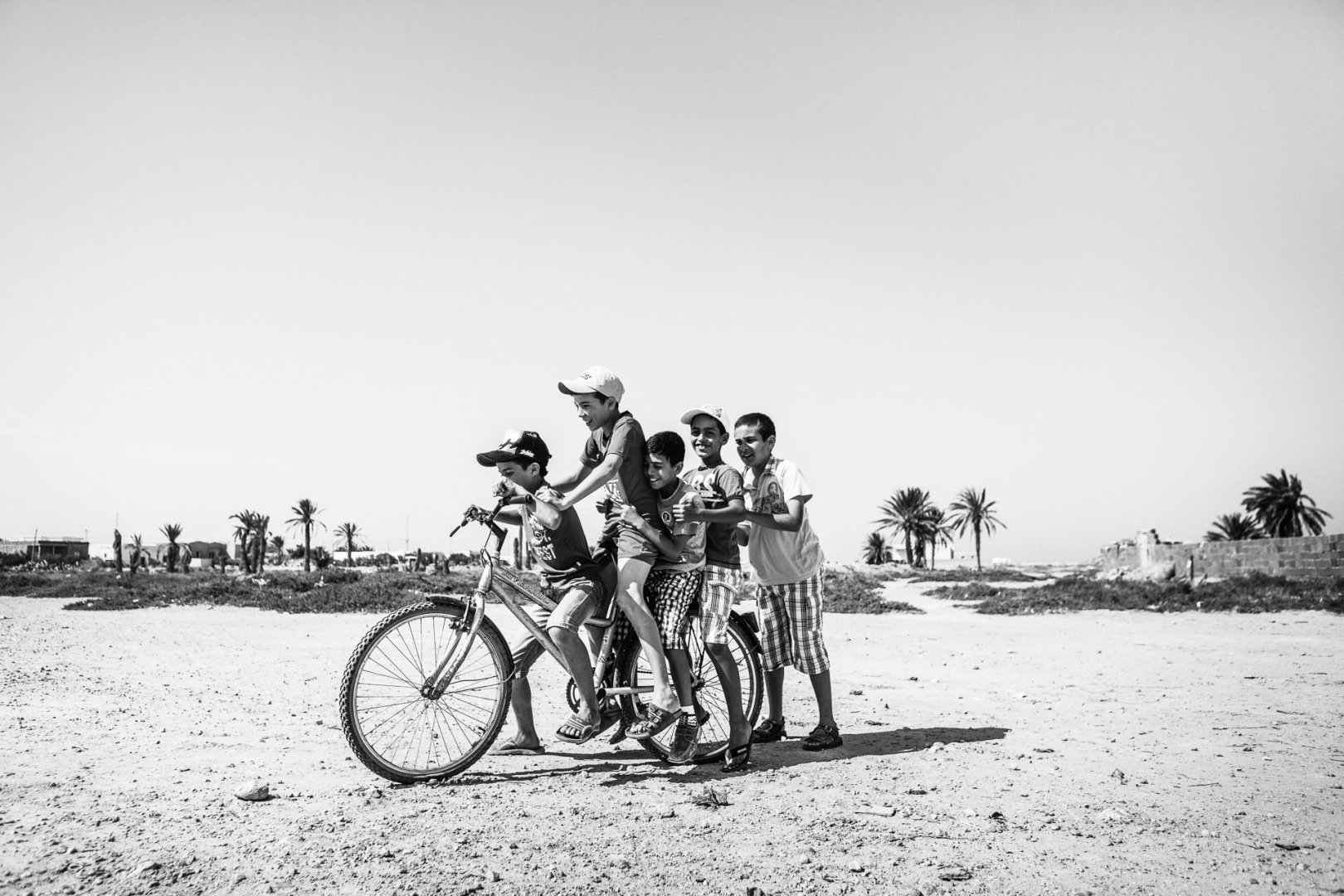
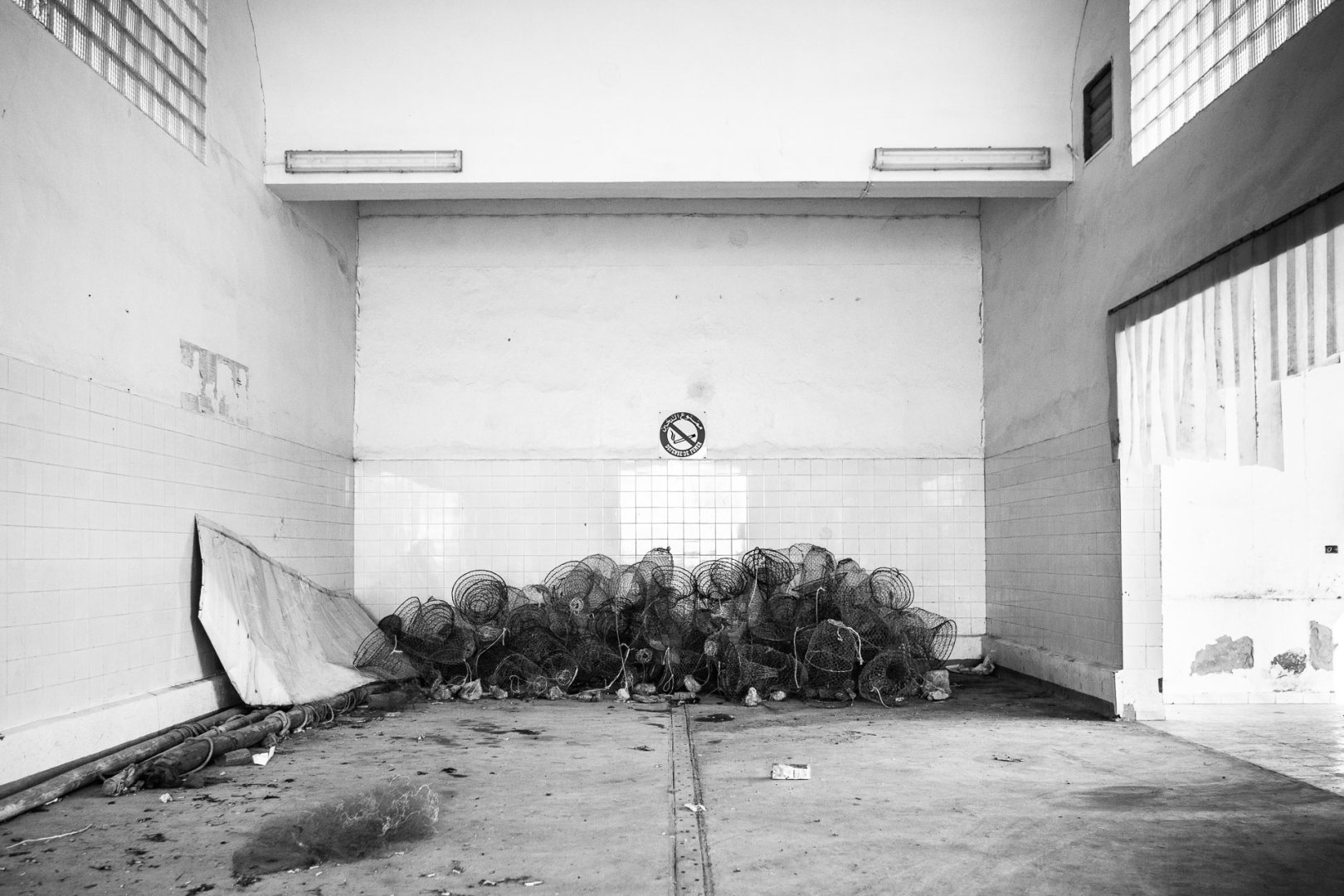
AUTHOR’S NOTE
This article was written using a gender-sensitive language.
Douraïd Souissi lives in Tunis, where he studied photography at the Higher School of audiovisual and cinema. His photographic works mainly deal with the relationships between place, society and the individual. In a number of photographic series in Tunisia, Douraïd explores particularly marginalised areas such as Kef, Siliana, Kairouan or Kerkennah, mainly using landscape images to explore social, historical and political issues related to the current post-revolutionary context.
His photographs have been exhibited at many institutions and events of contemporary art and photography such as 1:54 in London, the Arab world Institute and AKAA in Paris, the Tomie Ohtake Institute in Sao Paulo, the Biennale of contemporary African art in Dakar, the Boghossian Foundation / Villa Empain in Brussels, Voies Off in Arles, France and Expo-Talan in Tunisia.
IMS’ reader on environment in the MENA region
The pieces published here tell the story of the way the environment has been understood and questioned by our partners in the MENA region.
